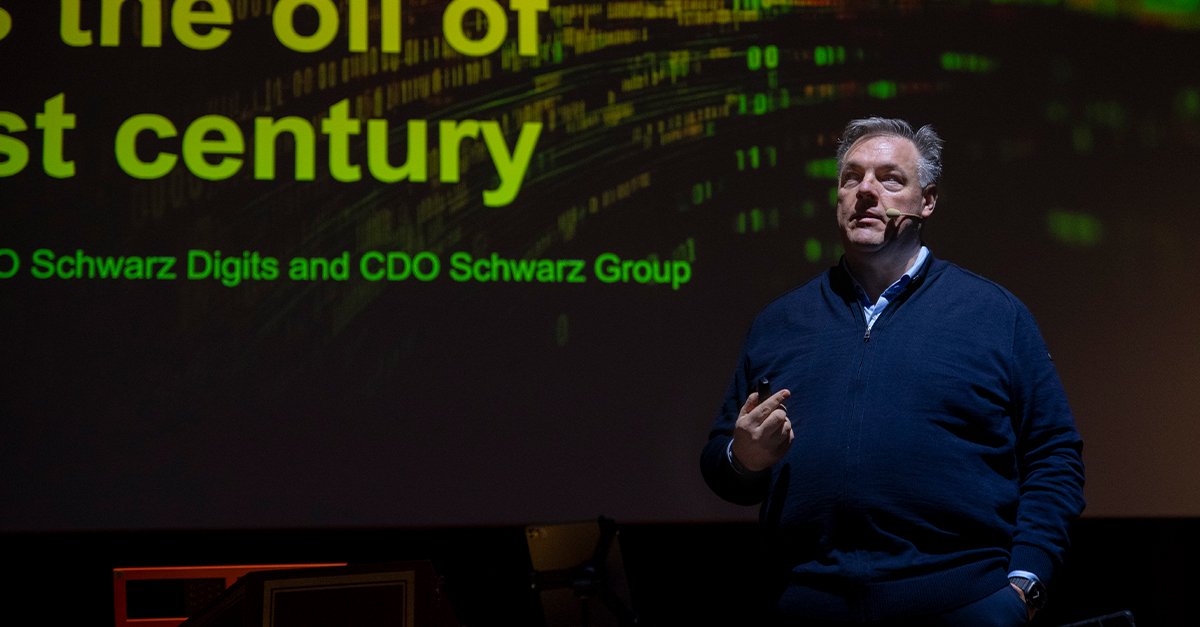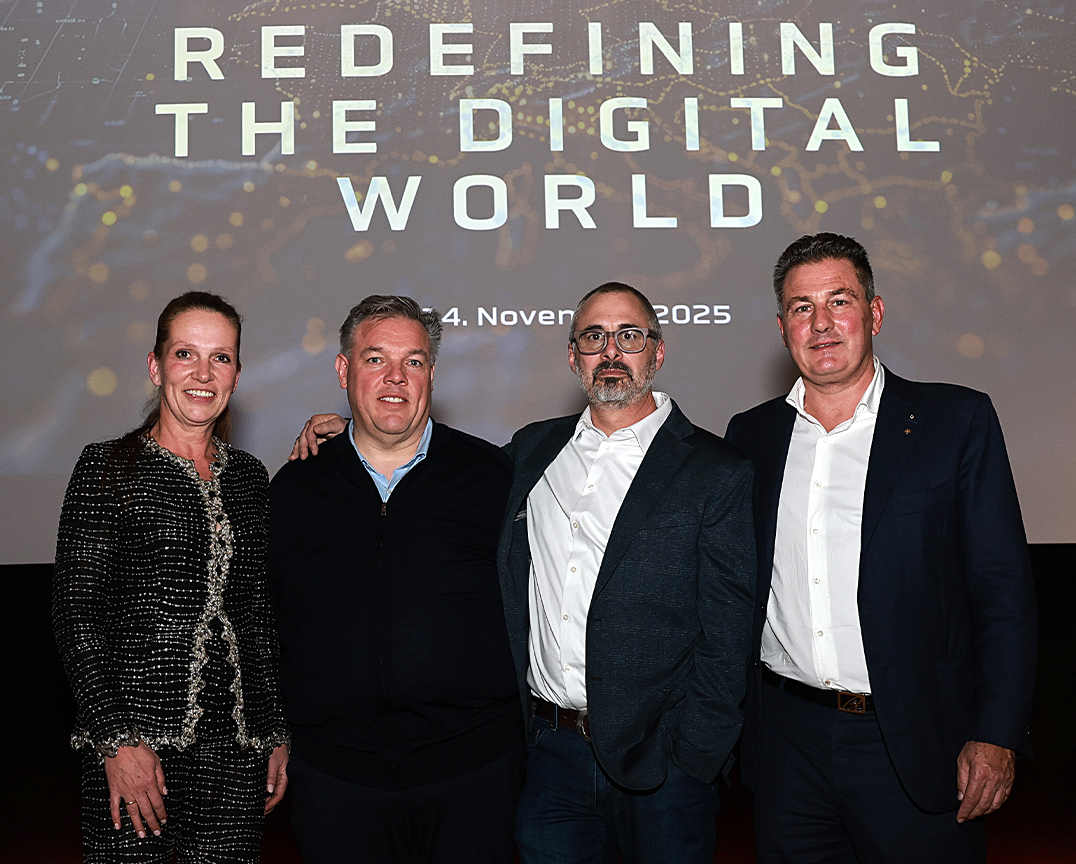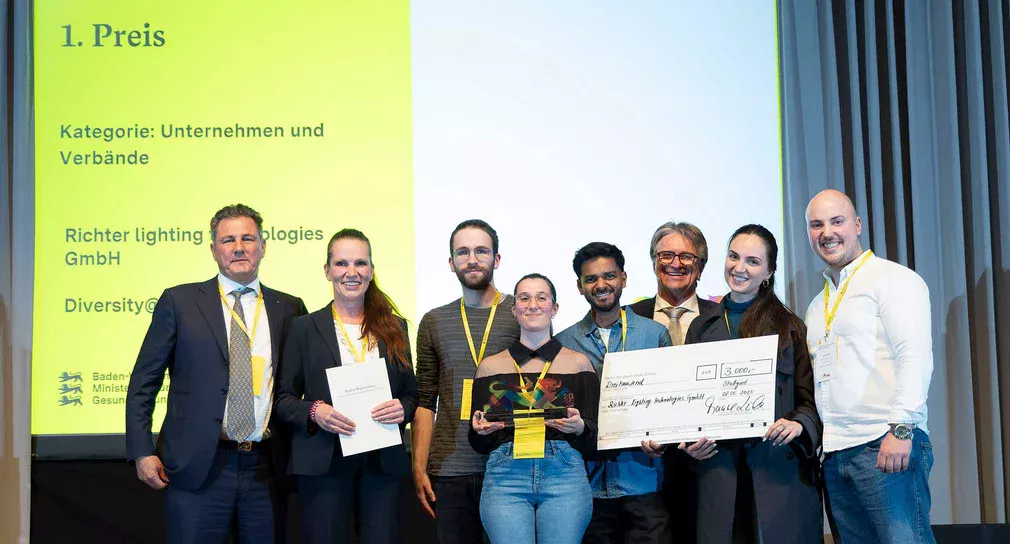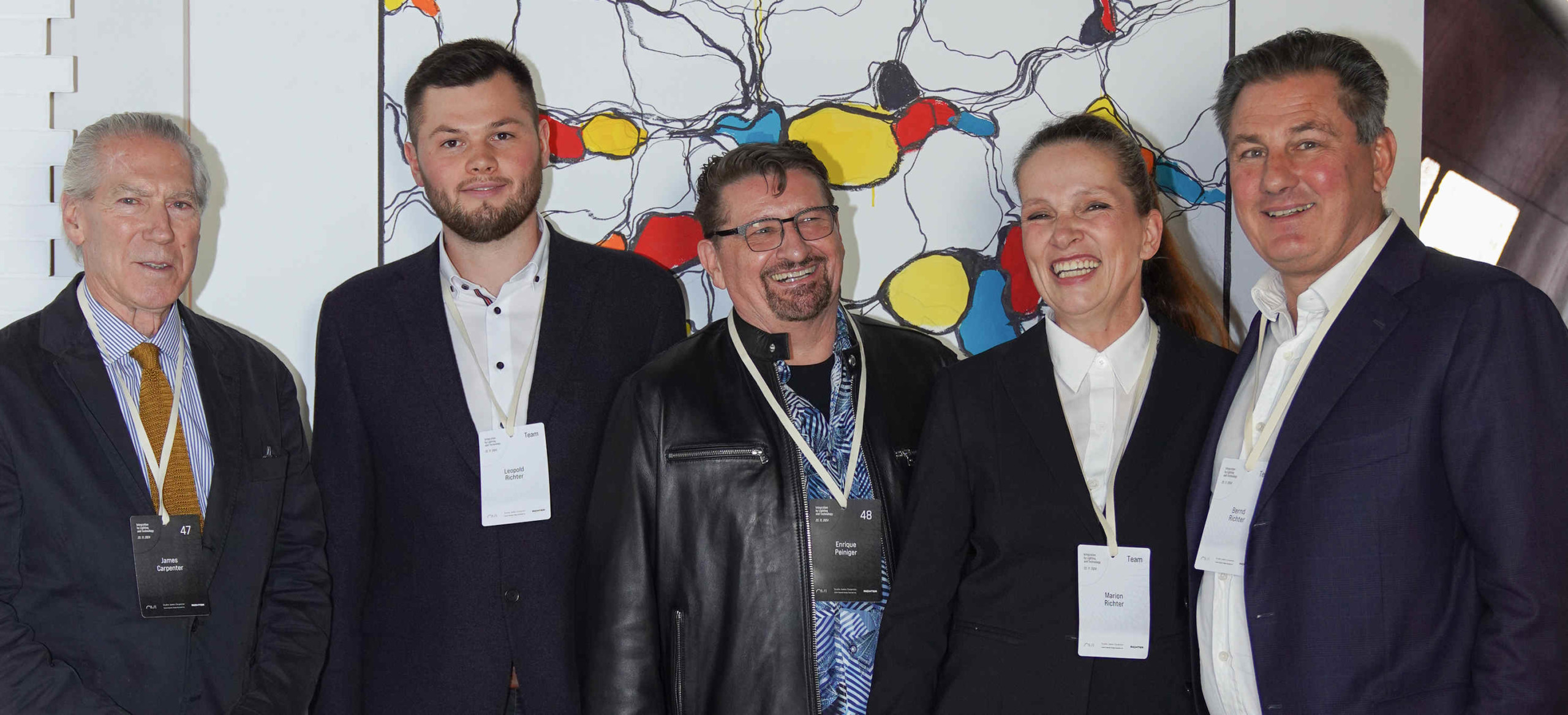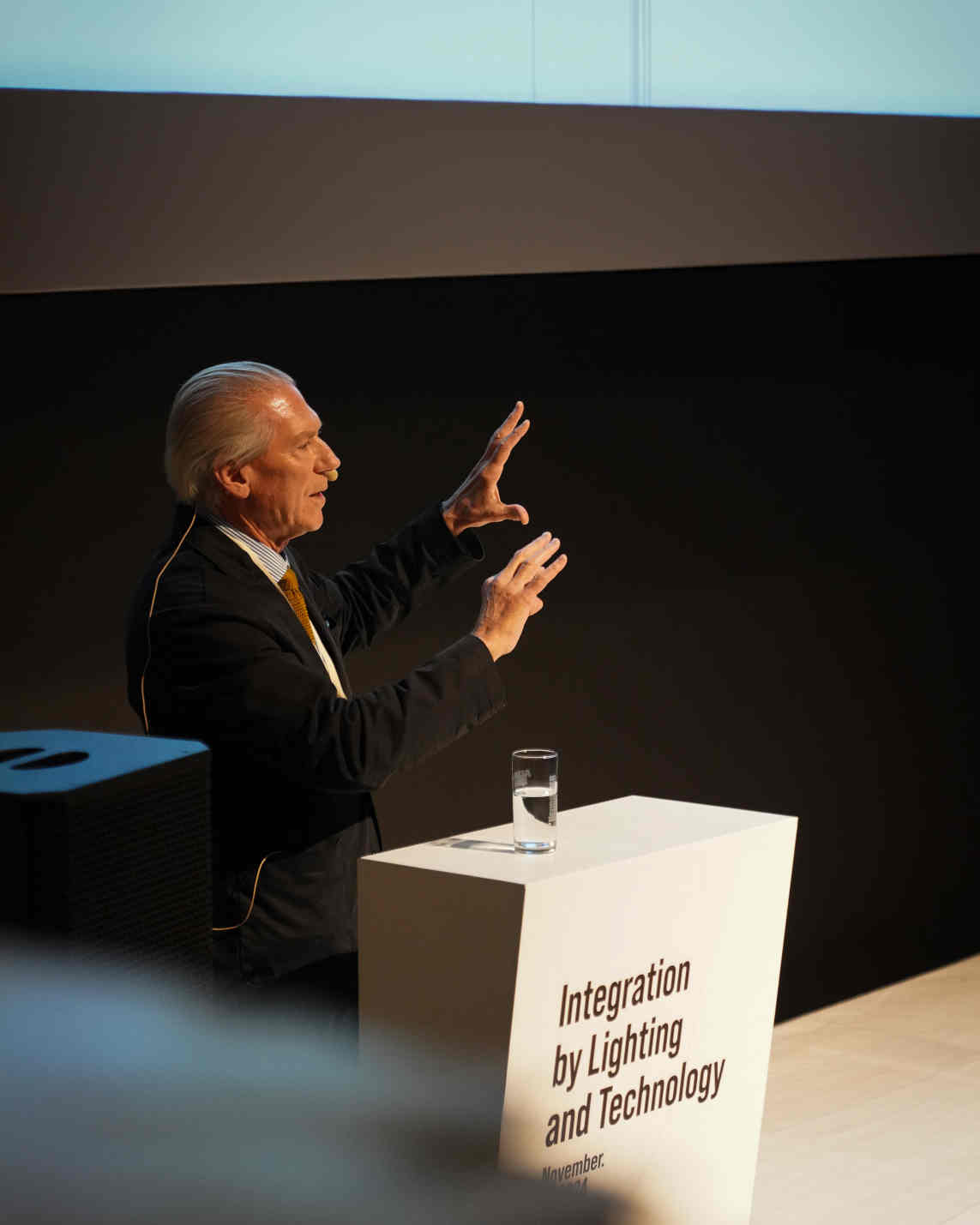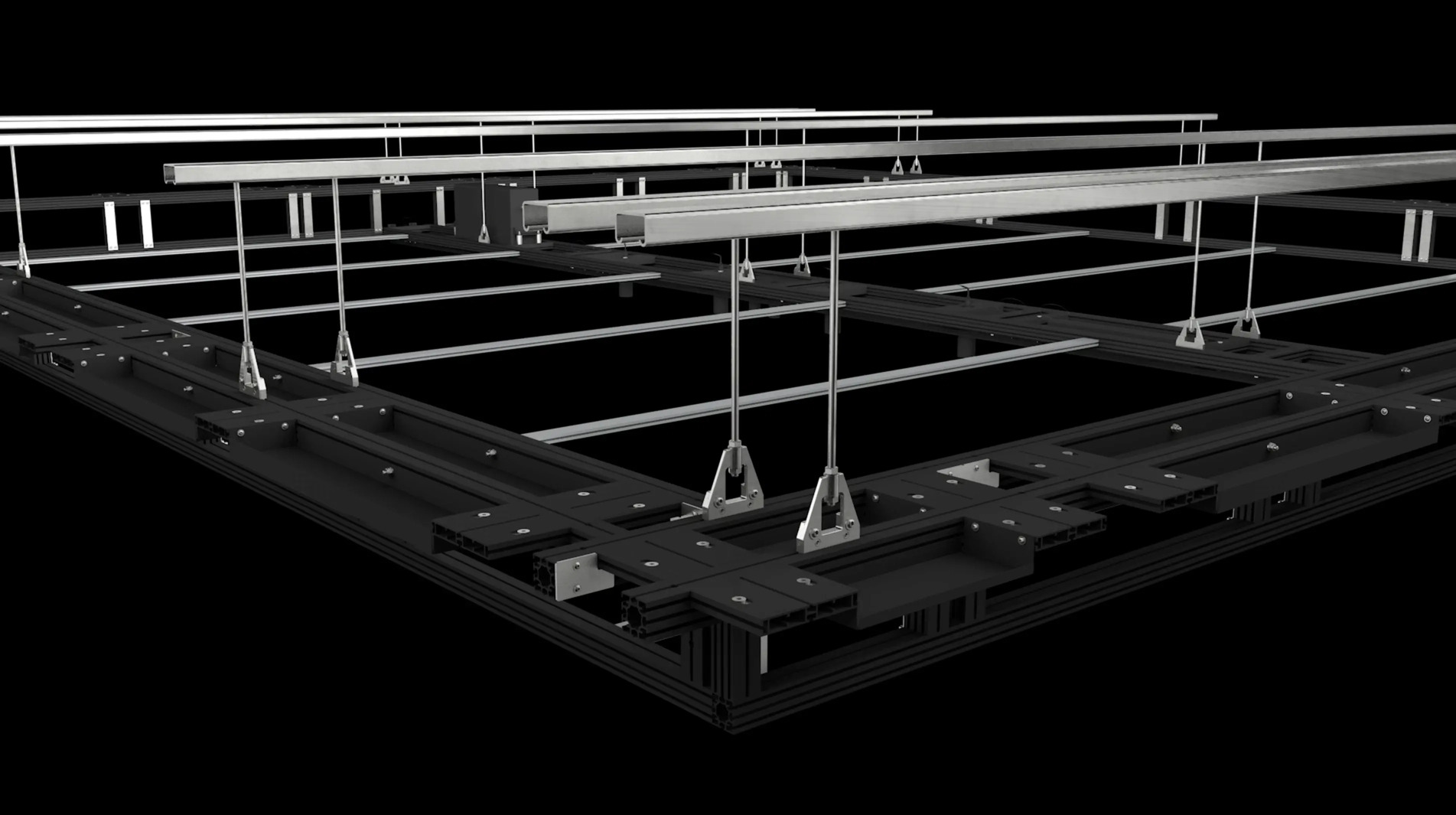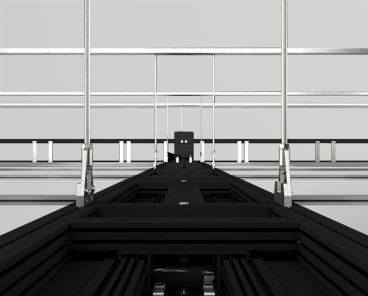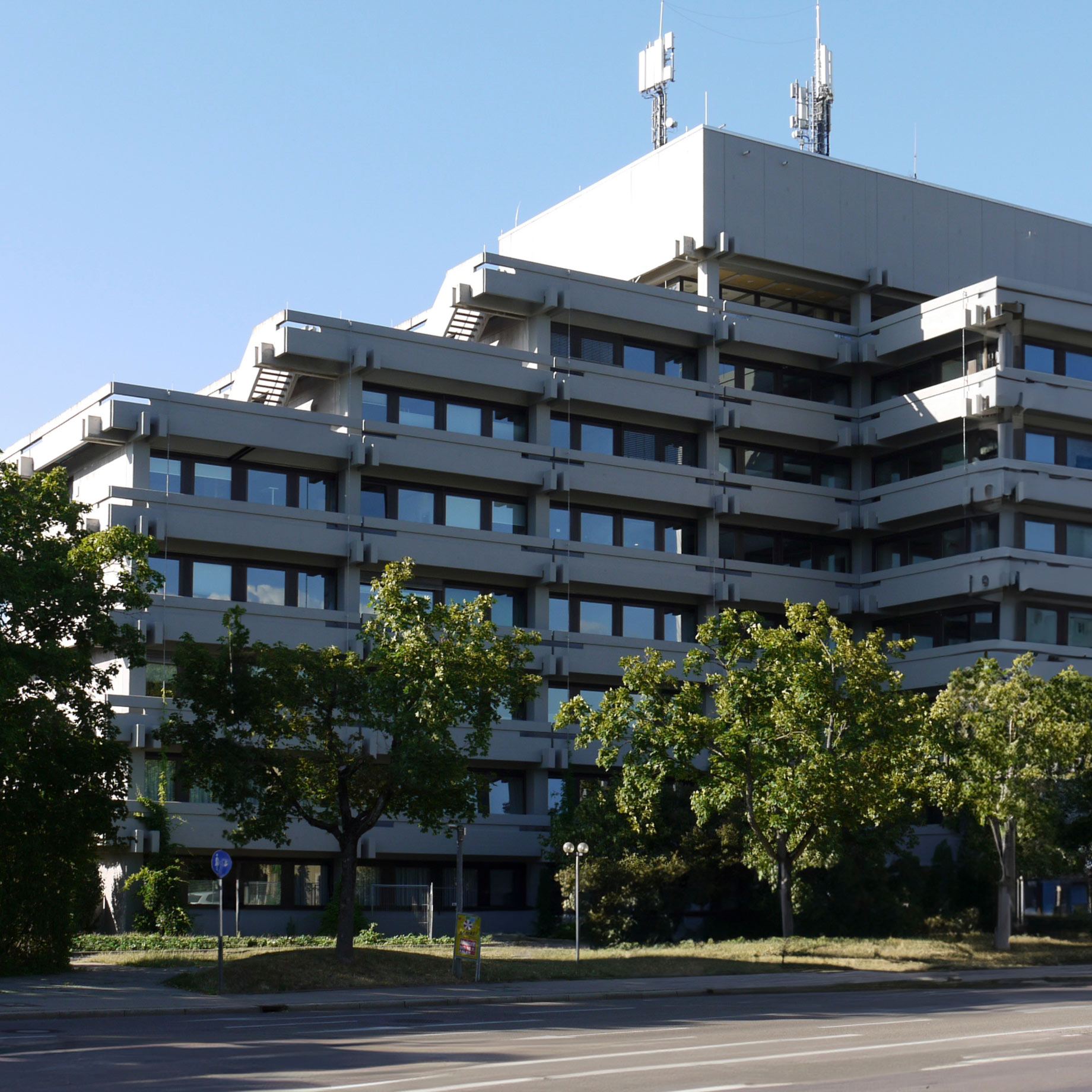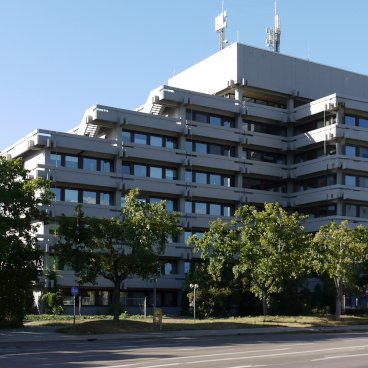In This Article
Share
Unlocking The Potential Of AI: Richter Lighting Technologies Journey So Far
Richter Lighting’s AI journey: Using AI to enhance lighting products, solve challenges, and optimize operations. Dr. You Wang discusses AI’s role, challenges, ethics, and potential for smaller companies. Richter aims to drive growth, innovation, and transparency in the AI landscape.
As AI continues to revolutionize industries and transform the way we work, businesses like Richter lighting technologies are exploring new ways to leverage this technology to drive growth and innovation. With several years of experience in developing AI-driven solutions, Richter is well-positioned to take advantage of the current trend towards AI adoption and embrace new technologies like ChatGPT to unlock new possibilities and enhance the customer experience.
In this interview, we’ll take a closer look at Richter’s AI journey so far, with insights from Dr. You Wang, the company’s AI expert. We’ll explore the milestones that Richter has achieved, the challenges that they’ve faced, and the lessons that they’ve learned along the way. Finally, we’ll discuss the exciting opportunities that lie ahead for Richter and the role that ChatGPT is playing in driving innovation and success.
Now, let’s dive deeper into Richter’s AI journey with insights from the company’s AI expert, Dr. You Wang.
Culture at Richter
Dr. Wang has been instrumental in driving Richter’s AI initiatives and brings a wealth of expertise and experience to the table. With a Bachelor’s degree in material science and control engineering, a Master’s degree in process technology of metal, and a PhD in mechanical engineering. His PhD defense is about artificial intelligence and smart simulation in production engineering, where he addressed the sparse data problem that industries are facing and proposed a decision-making matrix how people should combine limited data and specialized knowledge in an industrial environment.
Dr. Wang’s passion for AI started early in his academic career, with a deep interest in the subject that led him to attend lectures on artificial intelligence even before pursuing his Master. He strongly believes in continuous learning and the importance of combining execution with strategic thinking to be an expert in any field.
What is your company doing with AI?
In our company, we have leveraged AI in several ways to improve our products and operations. For example, we have developed algorithms to control the performance of our lighting products and enhance their colors. We have also used AI for image processing and deep learning to detect failures in 3D printing. Additionally, we have utilized a knowledge graph to analyze our supplier chain products, perform a diversity analysis of our workforce, network analysis, and analyze sustainable materials. Finally, we have also undertaken embedded AI development to integrate AI capabilities into our products and systems.
For a more detailed example…
We have set up two 3D printing machines and are the worldwide first to use 3D printed components in high-end architectural projects. However, we faced challenges with the machines, such as feeding failures and printing out spaghetti-shaped objects. To solve these issues, I selected the YOLO infrastructure and used this opportunity to unblock all the data processing, including data extraction, annotation, and augmentation. The outcome was an AI that can be deployed on edge devices and predict feeding failures and spaghetti prints in real-time. This project was completed within a week, which was very exciting because, in comparison to universities, projects like this require a lot of time from start to completion.
What are some of the challenges you have faced in implementing AI solutions in your company, and how have you addressed these challenges?
When it comes to implementing AI solutions in an industrial environment, we have faced various challenges. From my perspective, the main challenge is the data challenge, as we often have a large amount of data that is sparse and highly repeated in parameter space, as opposed to dense data. Additionally, in the production industry, there is a vast amount of know-how that is stored in theory, formulas, or people’s heads, which makes it essential to find a way to combine this know-how with sparse data. To address this issue, I like to approach the ssituation using a Quadrant matrix, which considers whether the data is sparse or dense and whether the know-how is rich or poor. This helps us determine the correct approach to take for specific tasks.
Moreover, in SMEs, it is crucial to take an agile, full-stacking approach, considering all aspects of the project, such as physics, engineering problems, applications, infrastructure, hardware, software, AI model, computation efficiency, accuracy, optimization, user experience, server, development, operation & maintenance, fast prototyping, communication, and project management. It is undoubtedly challenging but also exciting to address all of these factors simultaneously.
At the end of the day, AI is the key to stimulating production from intranet to collaborative production, and we are committed to finding solutions to these challenges.
How will AI affect our daily lives in the future?
The potential impact of AI on our daily lives is significant. Throughout history, major technological breakthroughs have often followed pandemics, as we’ve seen with the development of the laws of motion by Isaac Newton following the mouse virus pandemic of 1665 in London.
In the wake of the COVID-19 pandemic, we are now witnessing influential breakthroughs in AI, such as ChatGPT and AIGC, which are already enhancing our lives in a number of ways. For example, generative AI tools like ChatGPT can be used to improve tasks such as writing emails, prototyping codes, and searching for knowledge, and even for creative pursuits like painting. These tools can help reduce barriers to entry in new knowledge areas, making learning and discovery more accessible to everyone. As OpenAI’s motto states, “AI is for the people, AI is by the people”.
Moreover, in SMEs, it is crucial to take an agile, full-stacking approach, considering all aspects of the project, such as physics, engineering problems, applications, infrastructure, hardware, software, AI model, computation efficiency, accuracy, optimization, user experience, server, development, operation & maintenance, fast prototyping, communication, and project management. It is undoubtedly challenging but also exciting to address all of these factors simultaneously.
What are some of the ethical considerations around using AI in your industry, and how do you ensure that your AI solutions are ethical and transparent?
The Germany DIN has published a white paper titled “German Standardization Roadmap on Artificial Intelligence”, which provides valuable insights. For instance, it emphasizes the importance of ensuring that data used in the industry is legally obtained and does not conflict with the data owner’s rights. The white paper also stresses the need for transparency in the usage of data and the training process, particularly with regards to regulators. Additionally, it highlights the significance of clearly defining application scenarios and applicable boundary conditions.
For every AI developer, it is crucial to keep in mind that the ultimate goal of AI is to improve people’s lives and make the world a better place.
What opportunities do you see for smaller companies?
In my opinion, smaller companies can take advantage of state-of-the-art AI tools to enhance their working efficiency, improve their employees’ performance, and streamline tasks like writing emails and marketing essays. It is crucial for smaller companies to identify and develop their core competencies, which can then be combined with generic AI tools to create fine-tuned models or datasets that can further enhance their operations. This can be a way forward for smaller companies to compete in the market and achieve success.
You have a beautiful family, and a 5-year-old son, how do you envision AI impacting his future?
He already shows an interest in AI technology. For example, I used the stable diffusion technology to create interesting images based on his painting from kindergarten. I can also generate images that he stands together with Spiderman. I teach him how to use amazon Alexa, which is voice recognition AI. Additionally, I use ChatGPT to make a teaching plan for my son because I have to teach him math.
I think the key is to use AI to reinforce people themselves, and then one will learn a lot with the help of AI and become a better person. I will guide my son to do so.
I appreciate that these tools are open-source, and can be used by anyone. This is important for creating a more equitable world.
Where do you see the potential dangers for the next generation?
It is important to ensure that individuals who are utilizing AI technology have ethical and moral intentions, as giving access to such powerful technology to individuals or groups with malicious motives could lead to disastrous outcomes. Therefore, it is important to take measures to prevent anyone, including those with criminal or violent tendencies, from obtaining proficiency in AI, as this could potentially pose a serious threat to society.
What are the potential AI developments that can be expected with Richter in the future?
We have a number of projects in the funnel, but for the nearest future, I would say our “Top-wall project” has the highest priority. We have successfully obtained InvestBW public funded project in the field of sustainability and artificial intelligence. It focuses on how AI will support in “surface”, “volume” and “functionality” in architecture under sustainable boundary conditions.
I am also thinking about how to combine big model with our own application scenarios, working process as well as necessity from our customers, there are several interesting topics that I will especially like to check:
Applying technology of AICG (AI content generation) towards industrial/engineering applications: AICG is initially used for art generation, with the help of ControlNet, the output content will be guided by the information from sketch, segmentation or posture. Today I am testing on integrating the powerful image synthesis ability from AICG model to support augment datasets from industry use case.
Applying ChatGPT to optimize working productivity in our company, as a SME, we need to always react with different challenges and different tasks, by fully using ChatGPT; it can help us vey quickly get involve in topics we are not that familiar with before and give us a reasonable execution plan.
Of course, it is always very important to listen to customers and enhance our applications.
Conclusion
In conclusion, Richter Lighting Technologies’ journey with AI has been a successful one, driven by the expertise and passion of Dr. You Wang and his team. By leveraging AI in various ways, Richter has improved its products and operations, tackled challenges with innovative solutions, and embraced new technologies like ChatGPT to drive growth and innovation. However, with the adoption of AI comes ethical considerations that must be carefully considered and addressed. As we look to the future, the potential impact of AI on our daily lives is significant, and Richter lighting technologies GmbH is committed to finding ethical and transparent solutions that benefit both the company and its customers. With the guidance of experts like Dr. Wang and the continued development of cutting-edge technologies, Richter is well positioned to continue driving innovation and success in the world of AI.
GALLERY
In This Article
- Culture at Richter
- What is your company doing with AI?
- What are some of the challenges you have faced in implementing AI solutions in your company, and how have you addressed these challenges?
- How will AI affect our daily lives in the future?
- What are some of the ethical considerations around using AI in your industry, and how do you ensure that your AI solutions are ethical and transparent?
- What opportunities do you see for smaller companies?
- You have a beautiful family, and a 5-year-old son, how do you envision AI impacting his future?
- Where do you see the potential dangers for the next generation?
- What are the potential AI developments that can be expected with Richter in the future?
- Conclusion
- GALLERY
Share


